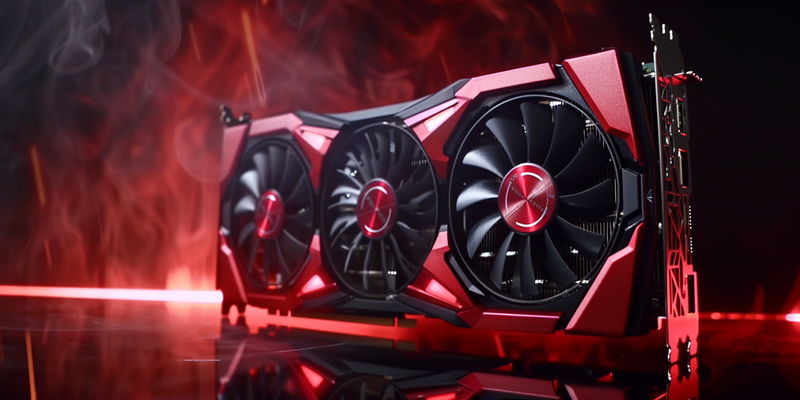In China, the NVIDIA GeForce RTX 4060 Ti is in high demand, but gamers are facing a frustrating reality. As a member of NVIDIA’s prestigious 40 series of GPUs, the RTX 4060 Ti offers exceptional performance at a lower price, making it coveted among gaming aficionados. Its release, unfortunately, has been plagued by limited stock, with some areas receiving fewer than 50 units, turning what should be an accessible gaming component into a hard-to-find item.
This scarcity is particularly disheartening for those keen on upgrading their gaming rigs to enjoy the latest advancements in graphics technology. With supply failing to meet the eager anticipation of consumers, the RTX 4060 Ti’s lack of availability is a bitter pill for the gaming community, eager to experience cutting-edge performance without breaking the bank. The situation highlights the relentless tug-of-war between supply and demand in the tech industry, leaving many enthusiasts empty-handed and longing for a wider release.
The Struggle for Supply
In contrast to the steady availability and even price reductions of RTX GPUs in Western markets, China’s market landscape is starkly different. One must consider the complex web of international relations, trade policies, and logistical hurdles that are currently shaping the supply chain. Sanctions imposed by the United States have cast a long shadow, complicating the trade routes and import processes for high-tech components such as those packed into NVIDIA’s GPUs. These complications are further convoluted by regional supply chain disruptions, which are causing bottlenecks in production and delivery. The cumulative effect is a quagmire of supply shortfall, with consumers on the losing end grappling with inflated prices.
Regional Disparities and Market Dynamics
In China, the GeForce RTX 4060 Ti is facing a significant shortage, leading to much higher costs for consumers. Manufacturers like MSI and ASUS are grappling with these supply issues, but their efforts are causing product prices to rise. With demand outpacing supply, GPUs are becoming more expensive, which reflects both the popularity of these components and the variations in regional market dynamics. This situation highlights how local economies can influence pricing, regardless of the global market.
Chinese gamers are feeling the impact most as the RTX 4060 Ti becomes more of a high-end item rather than an easily obtainable upgrade. The scarcity in China is due to unique challenges, such as geopolitical tensions and supply chain disruptions, which differ from those in the West. This ongoing battle for inventory is driving up the cost of advancing gaming technology. As companies and customers maneuver through this landscape, the financial toll on the Chinese gaming community continues to mount.

